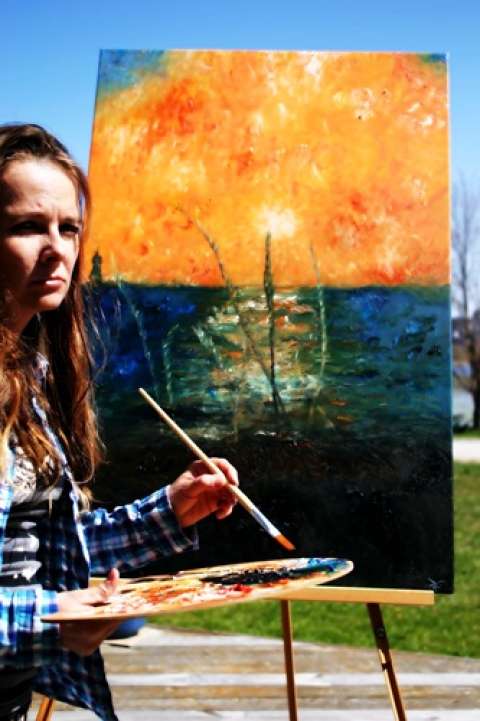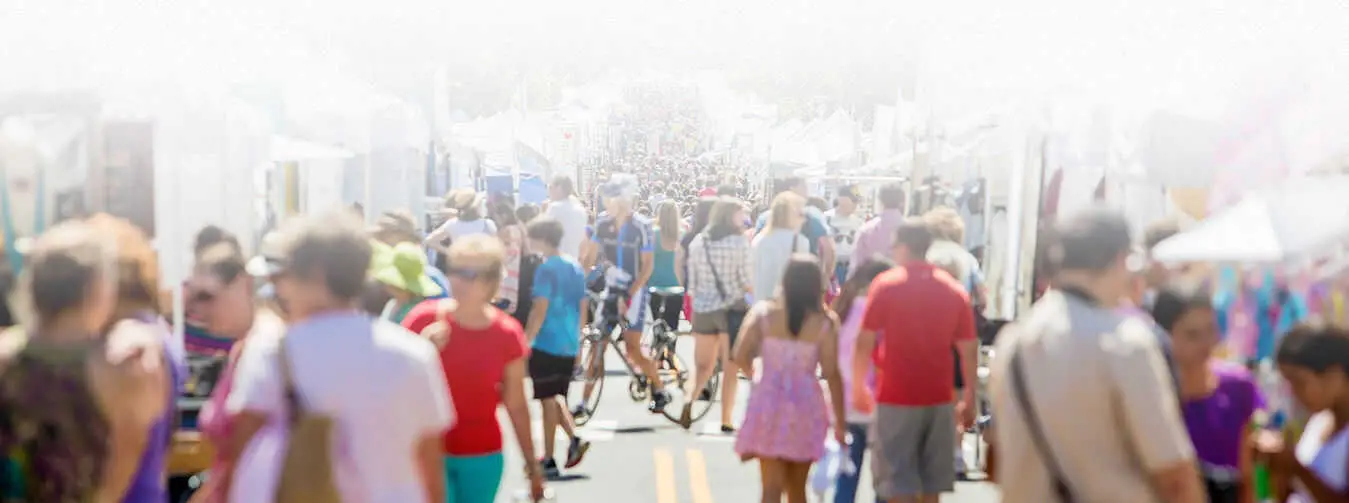Oil paintings tend to darken due to the accumulation of dirt and yellowing of the protective varnish layer.
oil paintings tend to darken due to the accumulation of dirt and yellowing of the protective varnish layer.
List of Materials
Gainsborough Emulsion Cleaner
Gainsborough Varnish Remover
Gainsborough Neutralizer
Gainsborough Gloss Varnish
6" Wooden Handle Cotton Swabs
Surgical Cotton
Surgical Gloves
Small Plastic Container
Step 1:
Lay the oil painting to be cleaned face up on a piece of kraft paper. Wear surgical gloves to protect your hands and be sure to have adequate ventilation. Take care not to press down on the canvas too much or you will stretch the canvas. We suggest using a piece of linoleum cut out from a sink under the area of the painting you are working on to prevent excessive pressure on the canvas.
Step 2:
Apply Gainsborough Neutralizer to a piece of cotton wool or white cotton cloth and gently wipe over the face of the oil painting to clean off the surface dirt. Use a cotton swab to test a corner of the oil painting with Gainsborough Emulsion Cleaner and Varnish Remover to determine which product will best clean the painting. Emulsion Cleaner will remove dirt and smoke, whereas Varnish Remover will remove yellowed varnish in most cases. For more difficult or special situations, Kotton Klenser™, Varnish Softener, Mastic Varnish Remover, or Linoxyn Remover may be required. Immediately after each test, apply Gainsborough Neutralizer to a clean piece of cotton and gently wipe over the test area to neutralize the cleaning action.
Step 3:
After establishing which product to use, you can begin cleaning the oil painting. Dip a cotton swab into the Gainsborough cleaning product you have selected. Use a rolling motion rather than a scrubbing motion when applying the cleaner. Watch your swab carefully to be sure that you are removing only dirt or varnish and not the paint. Do not dip the swab into the cleaning product again, once it has been used. We recommend cleaning a 2" square area at a time and then neutralizing the area with Gainsborough Neutralizer before proceeding to another area. We suggest doing the sky at one time, then the trees, etc. because it is easier to watch for any color that might be coming off, and different pigments respond differently to cleaning.
Step 4:
The final step is to varnish the oil painting with Gainsborough Gloss Varnish. This will bring out the colors and protect the painting for years to come.
Additional oil painting restoration instructions can be found in Gainsborough's Complete Manual of Oil Painting Restoration.
A Word of Caution
Improper cleaning can harm a painting. Therefore, we suggest that beginners engage a conservator to clean paintings having monetary or sentimental value. Always practice on an old, inexpensive painting before cleaning a painting of importance to you.


